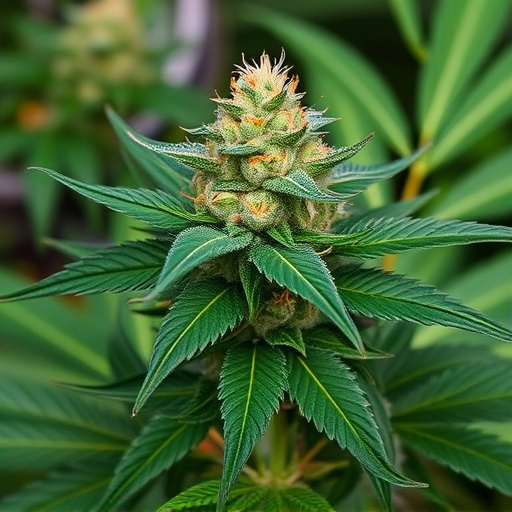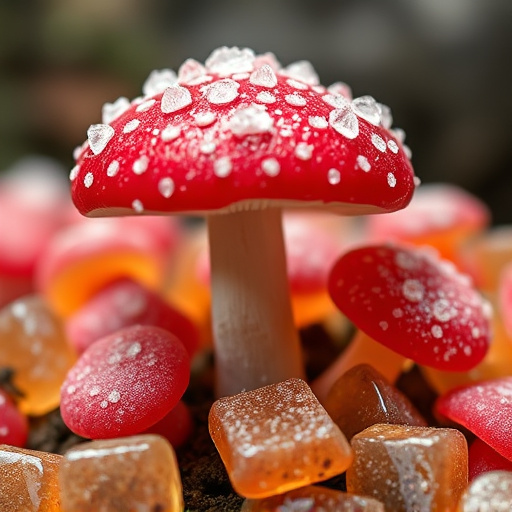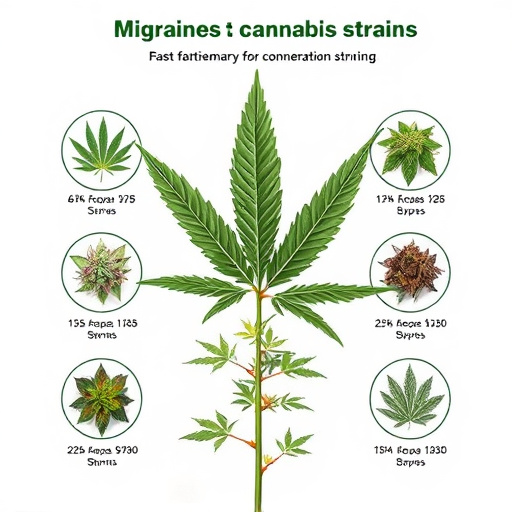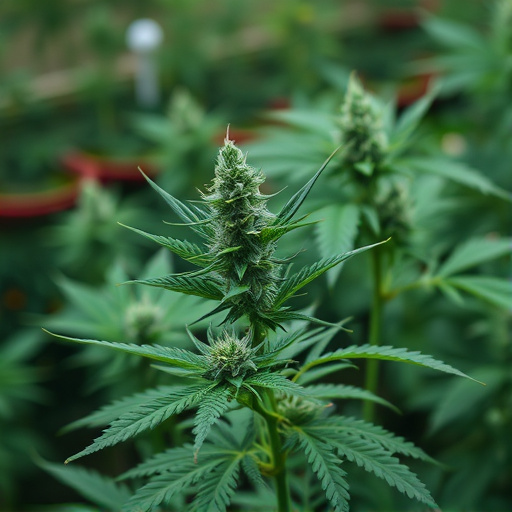Cannabis strains for migraines harness the complex interplay of chemical compounds like THC and CBD, offering therapeutic benefits tailored to individual biochemistry. High-CBD strains alleviate pain without psychoactive effects, while higher THC content provides stronger pain relief but may induce anxiety. Personalized cannabis use considers unique biochemical reactions, optimizing treatment with specific strains for effective migraine management.
Unraveling the complexities of cannabis effects involves a dance between biology, biochemistry, and individual experience. This article delves into the multifaceted factors that shape how we perceive cannabis, with a specific focus on its role in migraine management. From understanding the intricate compounds within cannabis to exploring individual variations in cannabinoid sensitivity, we’ll navigate the landscape. Additionally, we’ll uncover strain-specific characteristics that make certain cannabis varieties promising allies in alleviating migraines.
- Understanding Cannabis Compounds and Their Interactions
- Individual Biology and Cannabinoid Sensitivity
- Strain-Specific Characteristics and Migraine Management
Understanding Cannabis Compounds and Their Interactions

Cannabis is a complex plant containing numerous chemical compounds, many of which contribute to its diverse effects on the human body and mind. Understanding these compounds and their interactions is crucial when exploring cannabis strains for specific conditions like migraines. One key compound, tetrahydrocannabinol (THC), is well-known for its psychoactive properties, inducing feelings of euphoria and relaxation. However, another compound, cannabidiol (CBD), has gained attention for its potential therapeutic benefits, including pain relief and anti-inflammatory effects, making certain cannabis strains valuable tools in managing migraines.
The interplay between THC and CBD, as well as other minor compounds, determines the overall experience and potential medicinal value of different cannabis strains. Each strain may have unique ratios of these compounds, leading to varied effects. For example, some strains with higher CBD content are sought after for their pain-reducing capabilities without the psychoactive high associated with THC. This intricate chemistry highlights the importance of considering not just the presence of compounds but also their relative amounts when looking into cannabis strains for migraines and other conditions.
Individual Biology and Cannabinoid Sensitivity

Individual biology plays a significant role in determining how one might react to cannabis, particularly its various compounds known as cannabinoids. Sensitivity to these chemicals varies from person to person, and this is where the term “cannabinoid sensitivity” comes into play. Some individuals are more genetically predisposed to have a heightened response to cannabinoids, such as THC (tetrahydrocannabinol) and CBD (cannabidiol), found in cannabis strains for migraines and other conditions.
This biological variation can influence factors like the intensity of the high experienced, cognitive functions affected, and even the potential therapeutic benefits felt. For instance, a person with higher cannabinoid sensitivity might find that a lower dose of THC is enough to induce desired effects, while someone less sensitive may require a higher dose. Understanding one’s unique biology can help guide cannabis use, ensuring optimal results and minimal adverse effects.
Strain-Specific Characteristics and Migraine Management
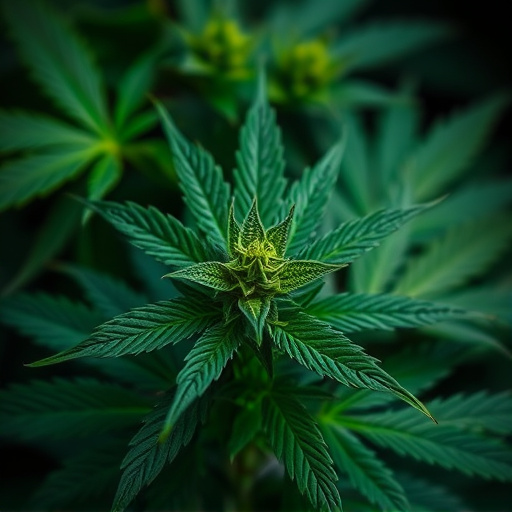
Cannabis strains for migraine management have gained significant attention due to their potential therapeutic effects. Strain-specific characteristics play a crucial role in determining the suitability and effectiveness of cannabis as a treatment option. Different cannabis strains offer diverse profiles of cannabinoids, such as THC (tetrahydrocannabinol) and CBD (cannabidiol), each with unique properties that can interact with the body’s endocannabinoid system to alleviate migraine pain.
For example, some cannabis strains known for their high CBD content have shown promise in reducing the frequency and severity of migraines. CBD is non-intoxicating and has anti-inflammatory properties, which can help relax blood vessels and reduce nerve sensitivity often associated with migraines. Conversely, strains with higher THC levels may provide more potent pain relief but carry a greater risk of adverse effects, including increased heart rate and anxiety, which could exacerbate migraine symptoms in some individuals. Therefore, understanding the strain-specific characteristics is essential when exploring cannabis as a treatment for migraines.
Cannabis’ effect on migraine management is a complex interplay of various factors. Understanding the unique compounds within different cannabis strains, combined with an awareness of individual biological responses, can lead to more effective treatment strategies. By considering both the specific characteristics of each strain and personal cannabinoid sensitivity, individuals can find relief from migraine pain while navigating this evolving landscape.




